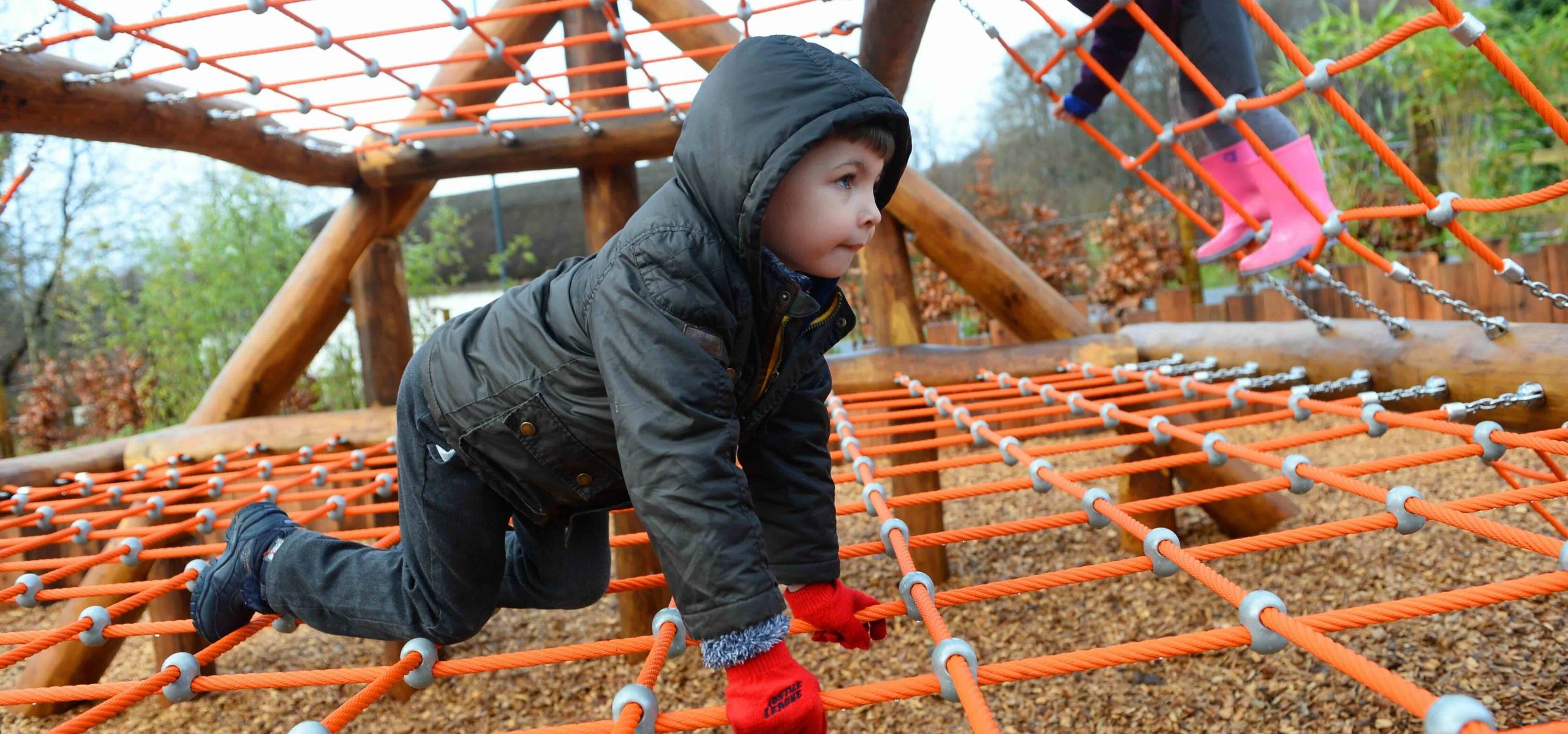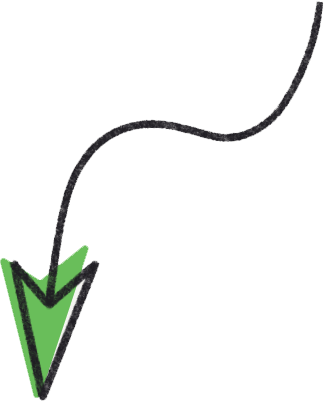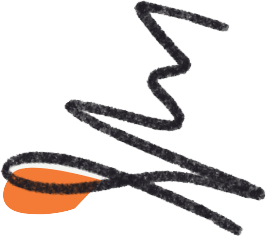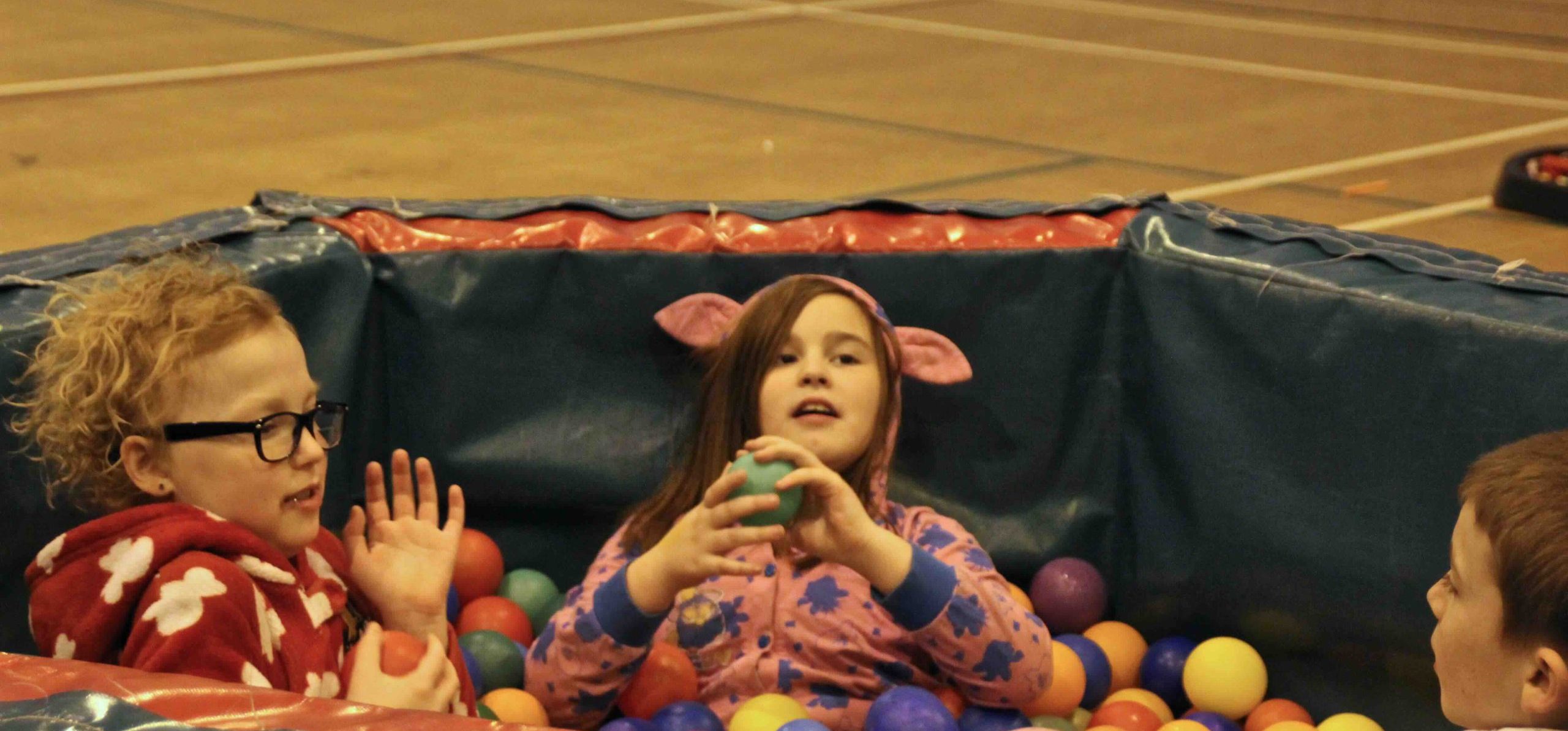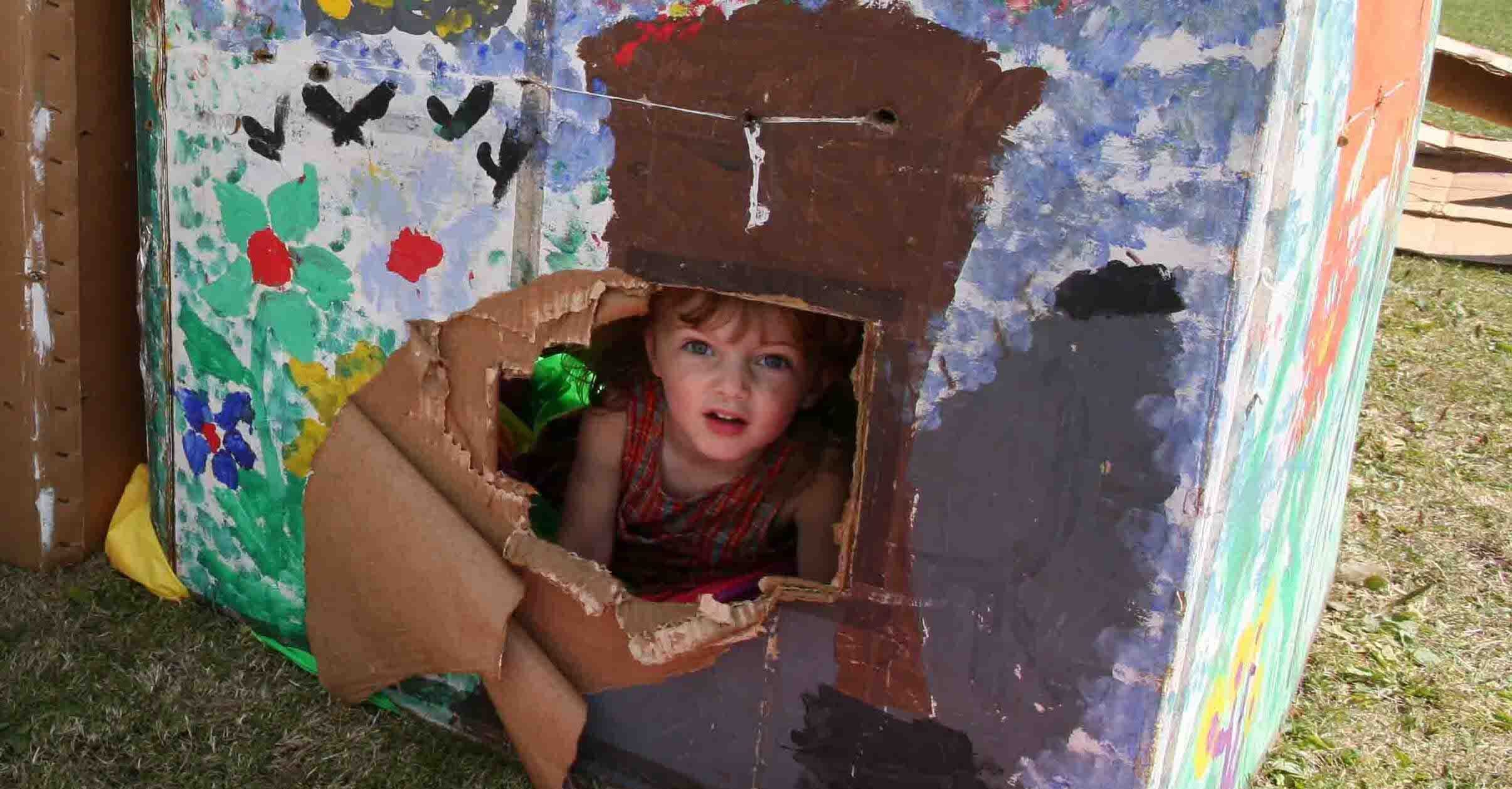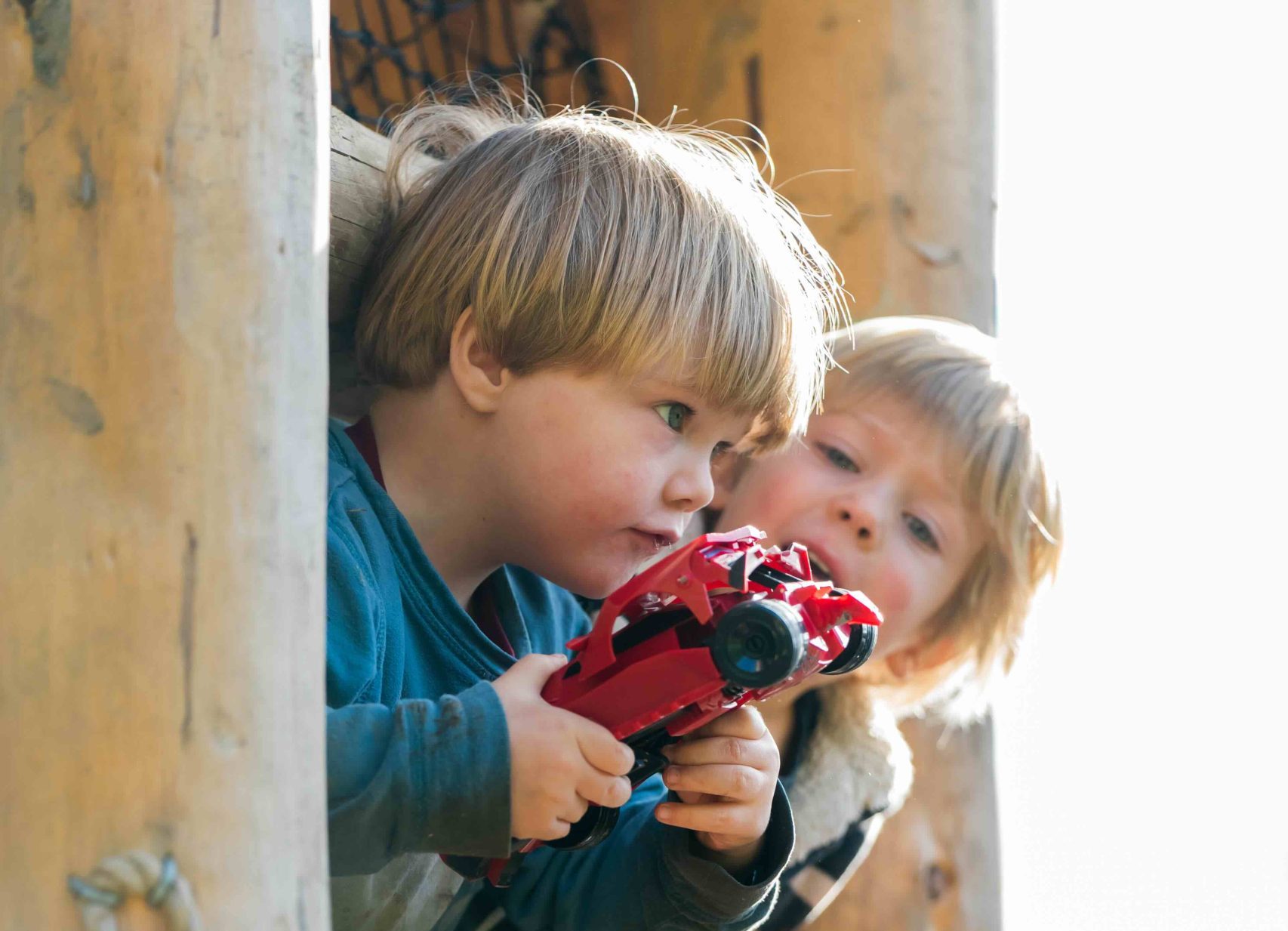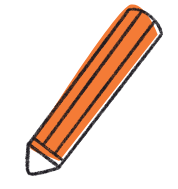Play in the Community
Museum’s creative play area
Sian Lile-Pastore from National Museum Wales tells us about how the Yr Iard play area has been creatively replaced at St Fagans National Museum of History in Cardiff to bring together play, history and art.
As I write this, it’s February half term, and the new play area is full of children – they are playing on the swings, climbing the ropes on the climbing frame and playing in the sand. But what I have loved seeing most of all, is that they are also just using it as a space to be – hanging out on the large rocks, or eating lunch on the seating and the storytelling area under a large tree.
The play area opened at the end of 2017 after two years of researching, designing and building. It was designed by artist Nils Norman with support from Wales-based artists Imogen Higgins and Fern Thomas.
Nils Norman designed the play area during his time as artist in residence in the museum. His brief was to design a bespoke play area that created links with the museum along with fostering creative play and being as sustainable and environmentally friendly as possible. We were really pleased to work with Nils, who works across the disciplines of public art, architecture and urban planning and is also interested in play and play areas along with public space.
With help from Imogen and Fern, Nils spent time at the museum observing and taking photographs, spending time in the archives, and talking to museum staff. Fern and Imogen also spent a lot of time looking through the archives for interesting items to share with Nils and also ran workshops with groups from two local schools –Woodland High School and Hywel Dda Primary School – to find out what they would like in a new play area.
Thanks to the residency programme, it meant time could be spent getting to know the space and gaining a deeper understanding of the museum as a whole. We also talked a lot about how children already played around the site – those patches of worn grass where they have walked time and again, and have been discussing ways in which we can encourage more unstructured play in the museum.
The finished play area is of course mainly for children to play and enjoy. It incorporates traditional play structures such as swings and the climbing frame, as well as areas which encourage more creative play – the fallen log to clamber over and the large rocks to sit on or jump off of. The play area enables children and families to make subtle links between the play structures and the historic buildings as they swing amongst the eaves of a building, or slide down the roof of another.
What makes it different to other play areas is that it is also a sculptural art work – the structures are beautiful to look at and it feels very much embedded in the museum. This unique intermingling of play, history and art, especially during this busy half term, has brought a new and vital energy to St Fagans, one belonging and being spread by the children who come here and can claim their own space.





